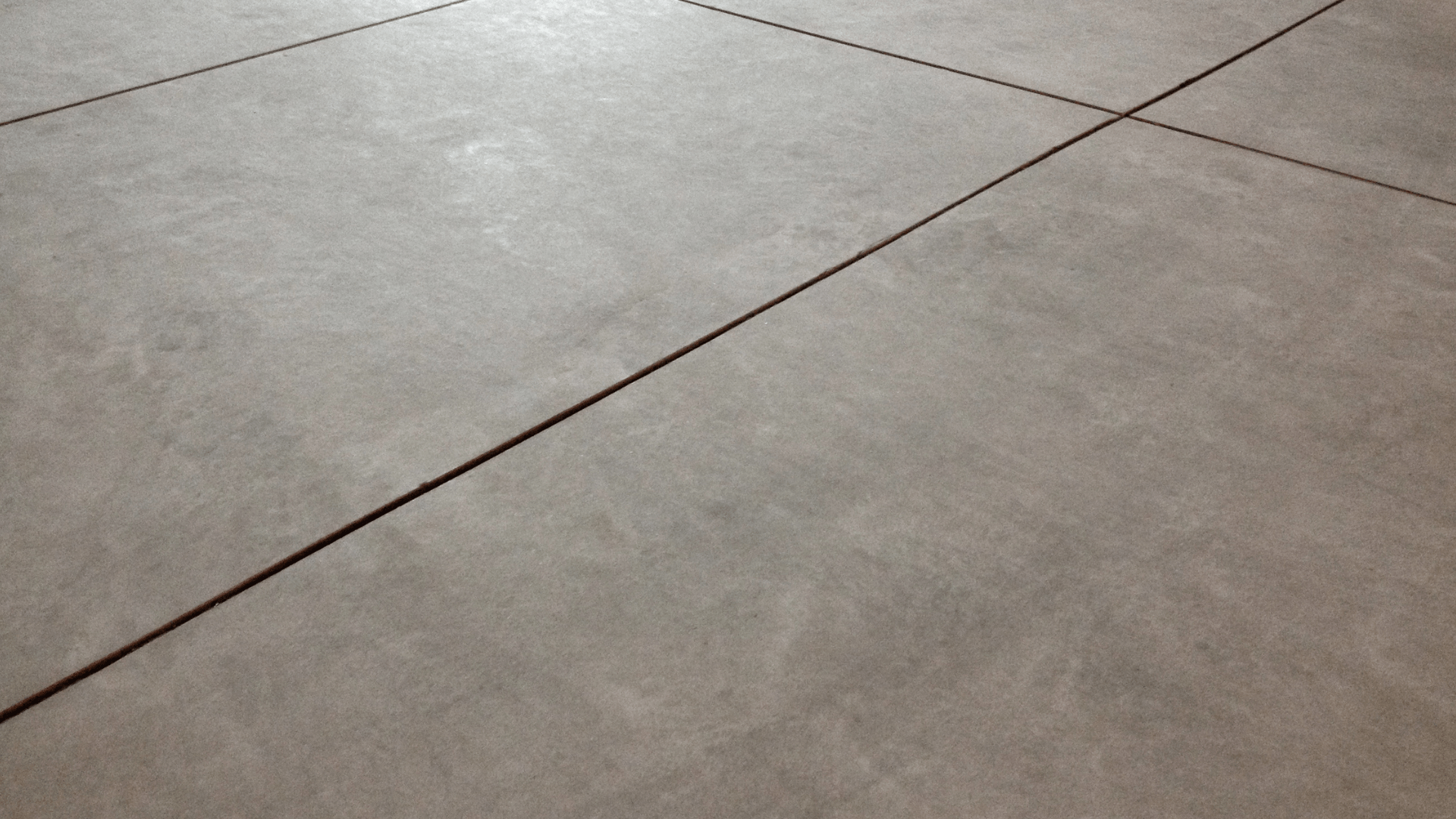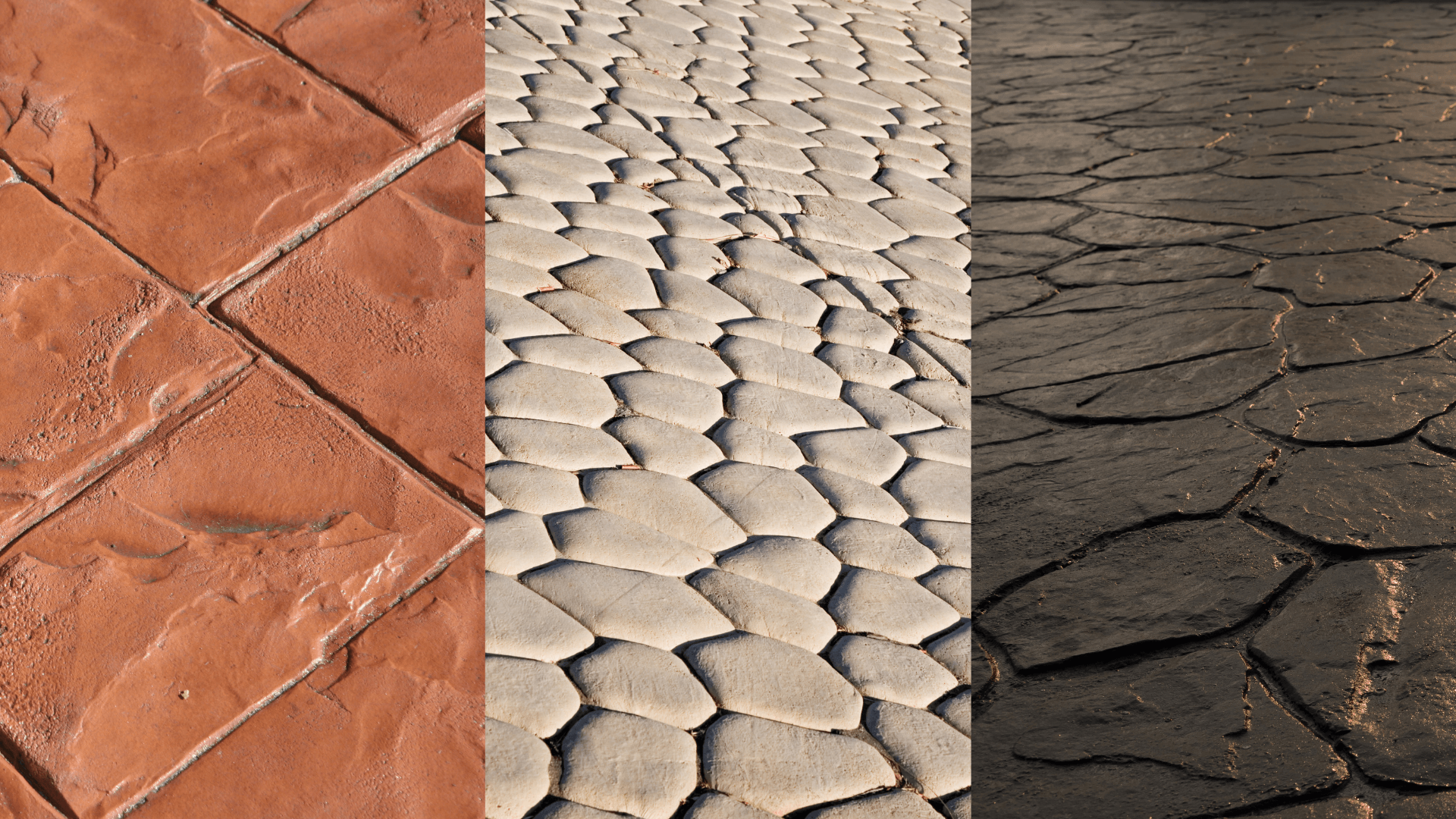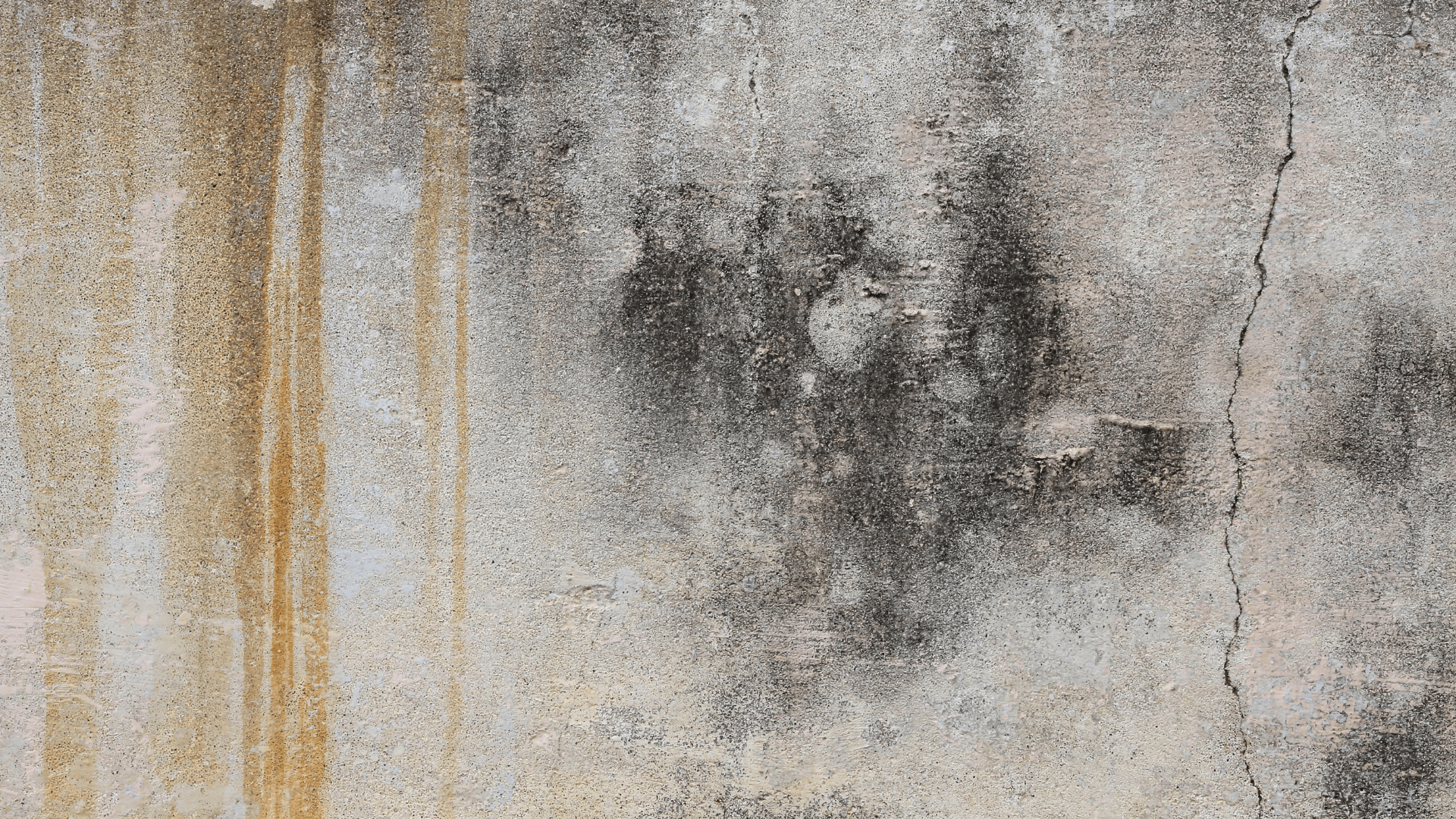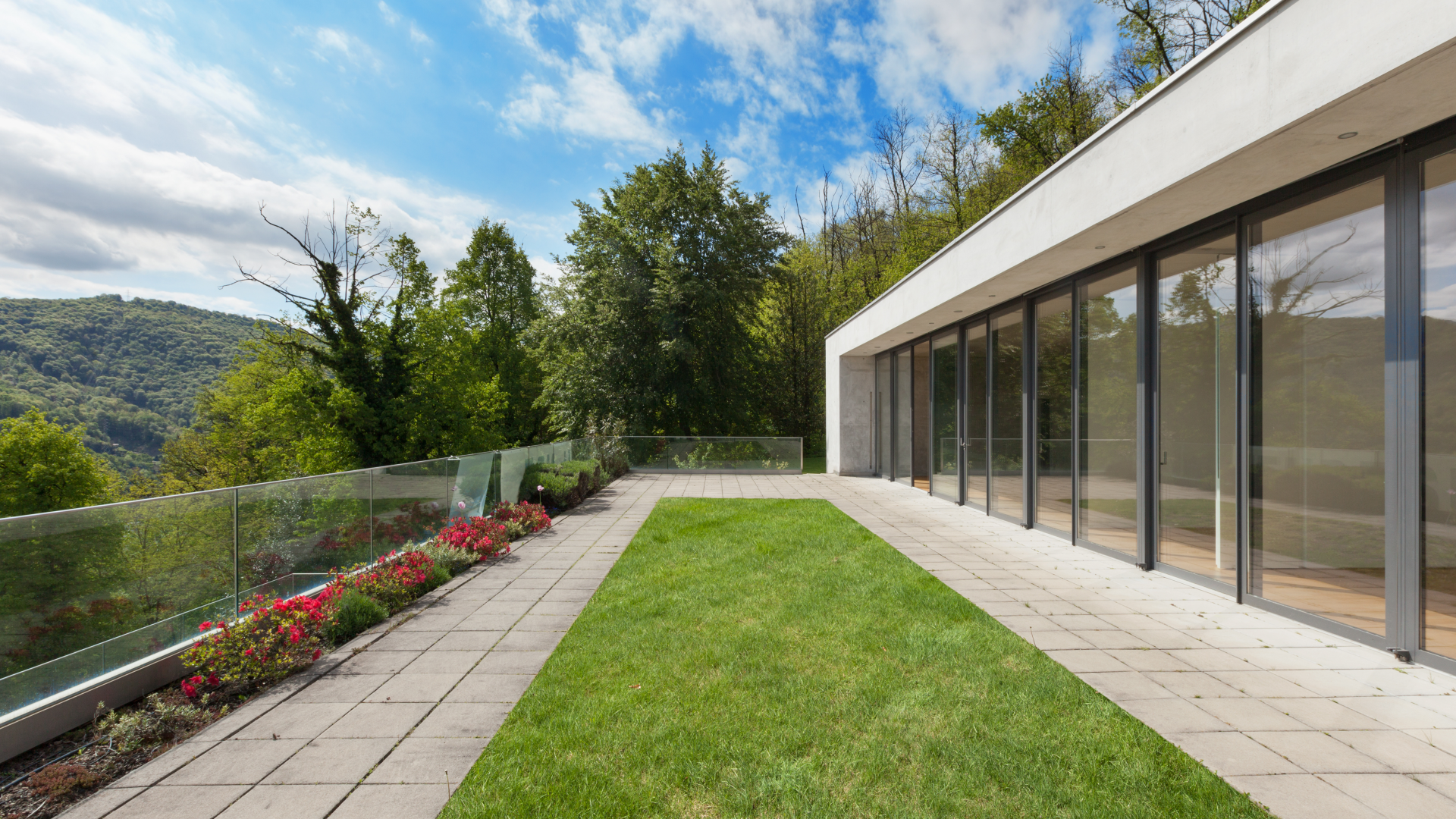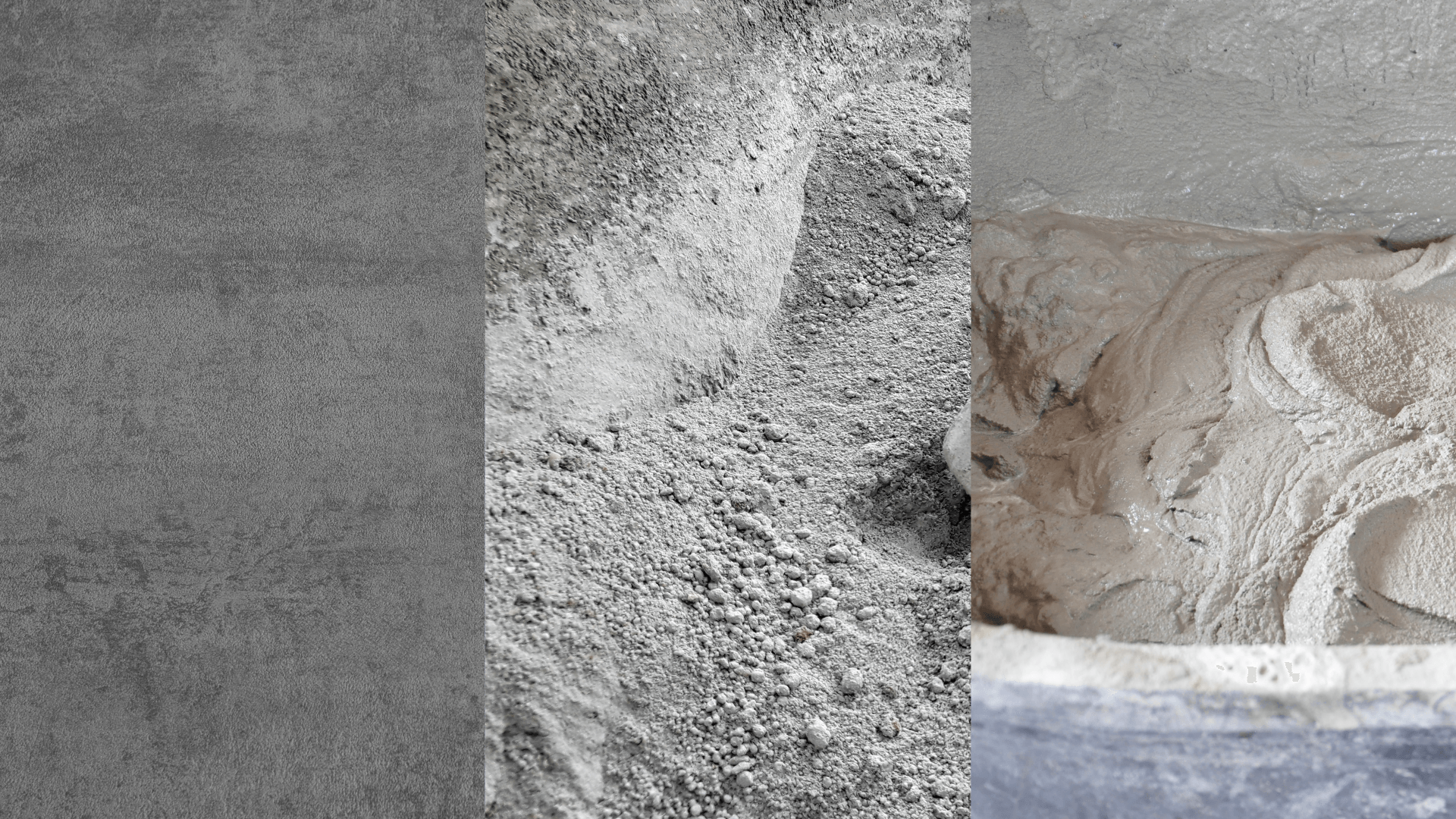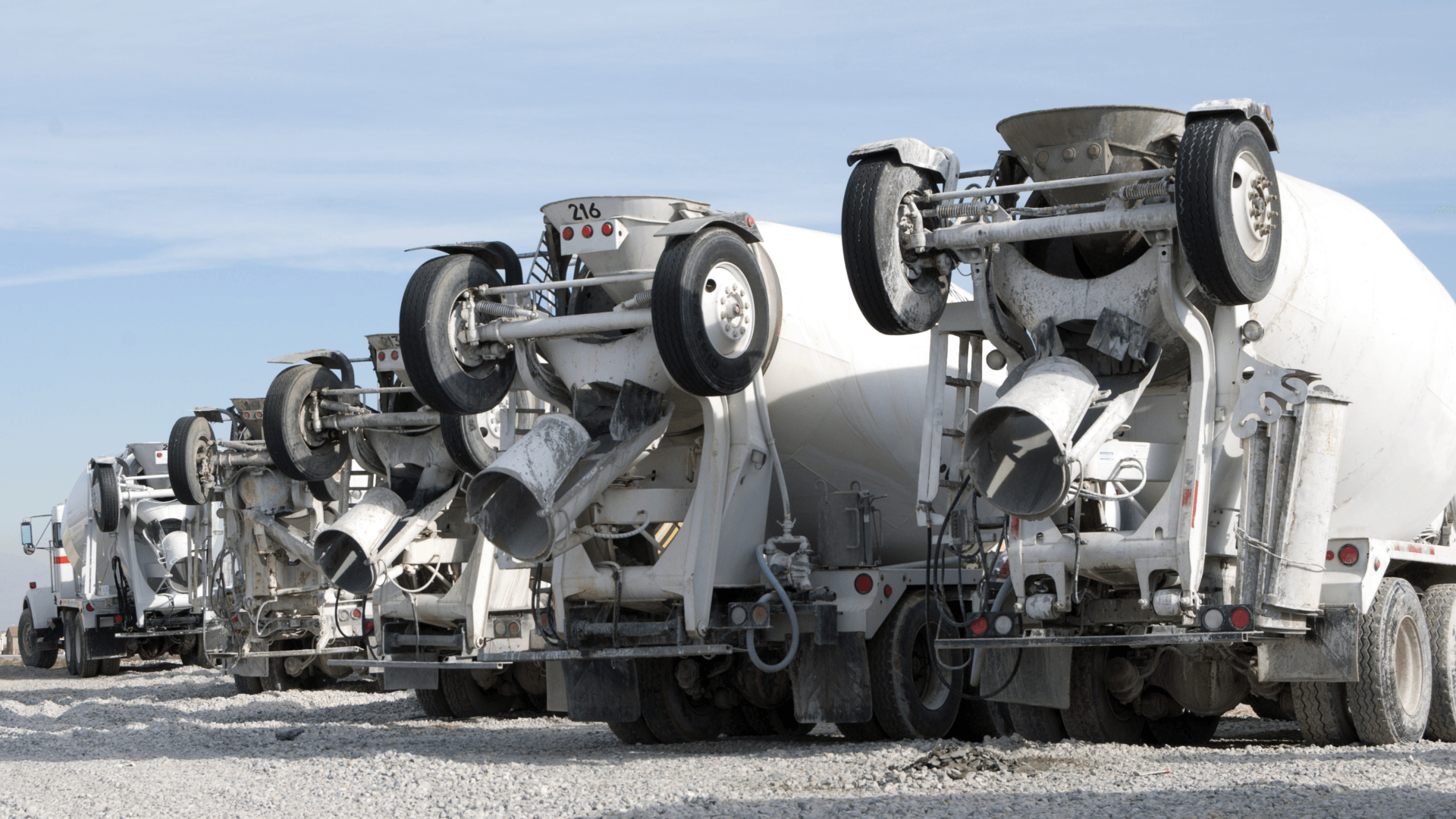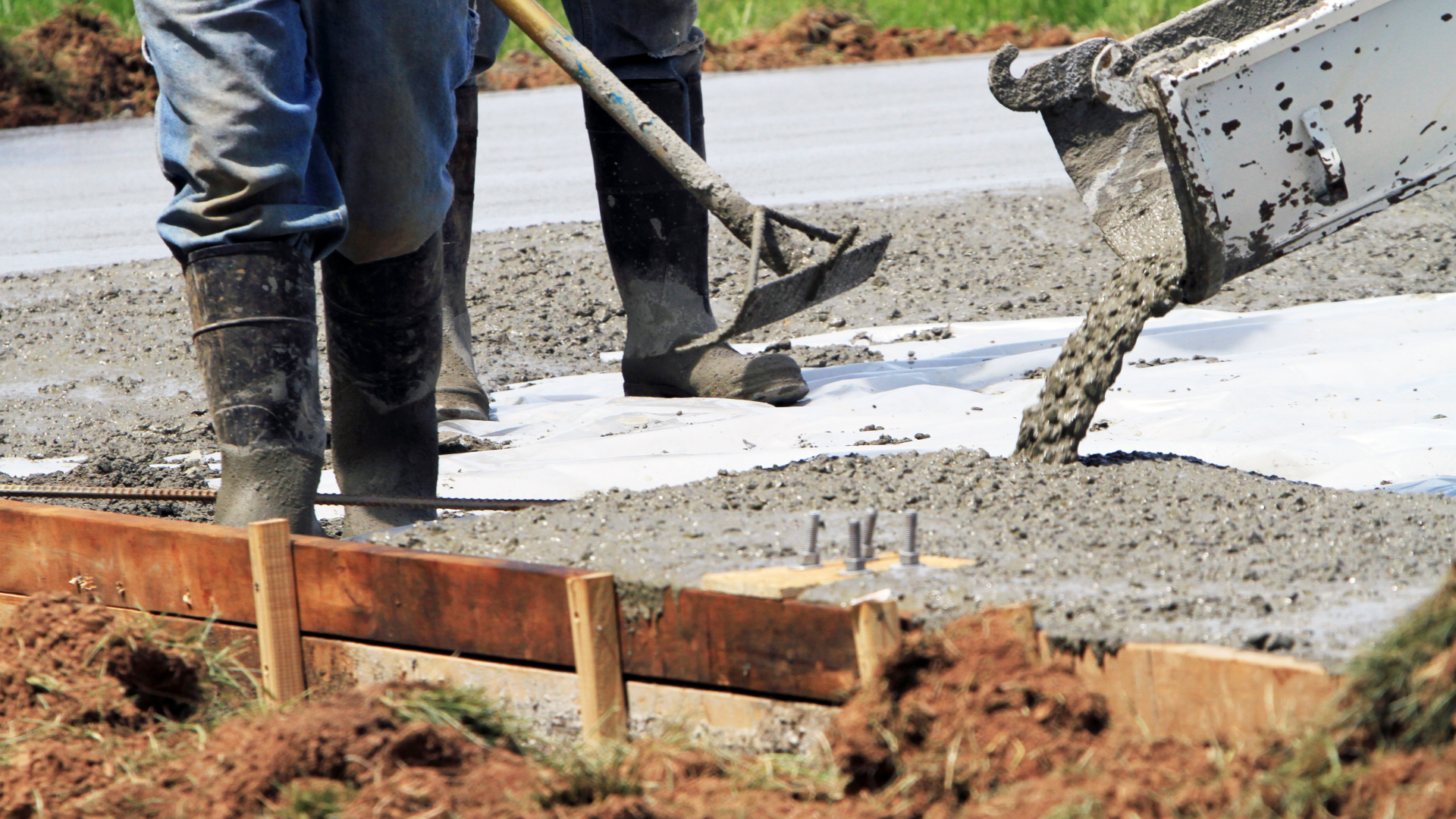SIX COMMON CONCRETE PROBLEMS
In Fargo, concrete is an excellent building material! Many residential and commercial projects benefit from its durability and timeless appearance.
While concrete has many advantages, it is not always perfect. Improper processes and maintenance, as well as severe weather conditions, can all cause a few typical concrete problems that can have an impact on the aesthetics or lifespan. Thankfully, the majority of these typical concrete problems have fixes.
Here are six common concrete problems and how to address them to guarantee you get the maximum performance out of your concrete surfaces and how they may impact your property.
1. Cracking
One of the most prevalent problems with concrete is cracking.
To achieve maximum strength, concrete does not require a lot of water. The vast majority of concrete used in residential construction has had much too much water added to it on the job site. This water is added to help the installation of the concrete be simpler. Unfortunately, this excess water also reduces the strength of the concrete and makes it crack easily.
Workaround
One approach to repairing concrete cracks is to use concrete filler/caulk or a penetrating concrete sealant to prevent water penetration and therefore limit freeze-thaw damage.
2. Scaling of Surface
Scaling, also known as spalling, happens when the concrete's surface breaks off and begins to peel away. In general, it begins as tiny, isolated patches that may later merge and spread to expose larger areas.
Workaround
Before the scaling worsens, your concrete should be addressed. To begin, smooth out the surface with a trowel-grade light coat of concrete. The surface should then be thoroughly sealed to prevent further scaling.
3. Discoloration
Concrete discoloration can develop for a variety of reasons, including weather conditions, material exposure, and even curing time, and it can spread. Additionally, this can also be caused by improper installation of the mix or stains from contaminating chemicals added throughout the procedure.
Workaround
Although the discoloration of your concrete is unappealing, there are several techniques to fix it. Try a concrete cleaner to see if it eliminates the discoloration, which is a possibility if you discover the problem early. If the cleaning does not work, you may always add color. Concrete stains come in a variety of colors and create a smooth, appealing appearance.
4. Crazing
Crazing refers to a network of fine cracks that do not extend below the surface and usually occurs as a result of early surface drying or poor concrete finishing. Concrete crazing is more of a cosmetic issue than a structural issue, which means that even if you have crazing, your concrete is still sound.
Workaround
Use as low a water-cement ratio as possible while still ensuring proper compression. Air entrainment slows the pace of bleeding in fresh concrete.
Proper and timely curing avoids moisture loss in concrete and helps in the hydration process. The continual supply of moisture in concrete prevents the emergence of crazing on the concrete surface.
5. Blisters
Concrete blisters are exactly what they sound like: air bubbles become stuck under a sealed surface, causing a series of bumps. They occur when the air becomes trapped behind the concrete sealant, which normally occurs when the concrete is first laid.
Workaround
Because blisters do not indicate or result in structural damage, they do not require repair. This problem is readily solved by adjusting the concrete mix to ensure that there isn't too much excess air in it.
6. Curling
When the moisture content and temperature of the top and bottom slabs of a concrete surface fluctuate, the margins of the top layer may rise or curl up. This happens throughout the concrete pouring and drying phases.
Workaround
Because this problem arises as the concrete is setting, your concrete contractor should be aware of it and fix it. If it is not treated at that time, your concrete may crack considerably later on and will most likely need to be redone.
Five Reasons to Hire a Reputable Concrete Contractor for Your Concrete Problems
Choosing the appropriate concrete contractor is critical to ensure that your project runs smoothly and that you receive the best possible outcomes. Concrete Contractors in Fargo, ND highlights a few reasons why you should choose a competent concrete contractor for your next flatwork project.
- Concrete contractors can help you save time and money.
- Concrete experts bring years of experience.
- Obtain high-quality concrete work.
- Enjoy more peace of mind.
- Professional concrete contractors with a 100% satisfaction guarantee.
Contact Our Professional Team of Experienced Concrete Contractors Today!
You don't have to settle with cracked, discolored, or dull concrete when there is a way to achieve the long-lasting concrete performance and aesthetics that your property deserves.
If you want professional concrete contractors with more years of experience working in the concrete industry, a proven track record, and a reliable, motivated team, look no further than the Concrete Contractors of Fargo, ND team. Our experts provide all the services you require, such as Fargo foundation repair, stamped concrete Fargo, concrete patio, and driveway replacements Fargo.
Contact us here at
(701) 409-1626 for a free estimate on the project of your dreams or to discuss how we can help you get the best out of your property.
